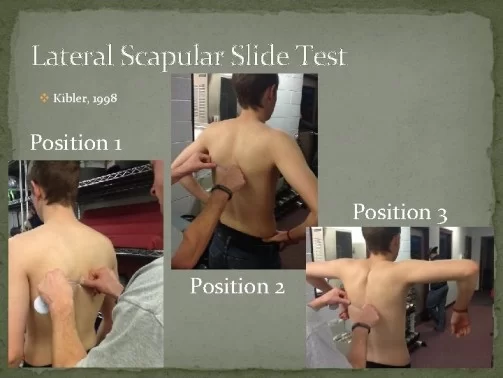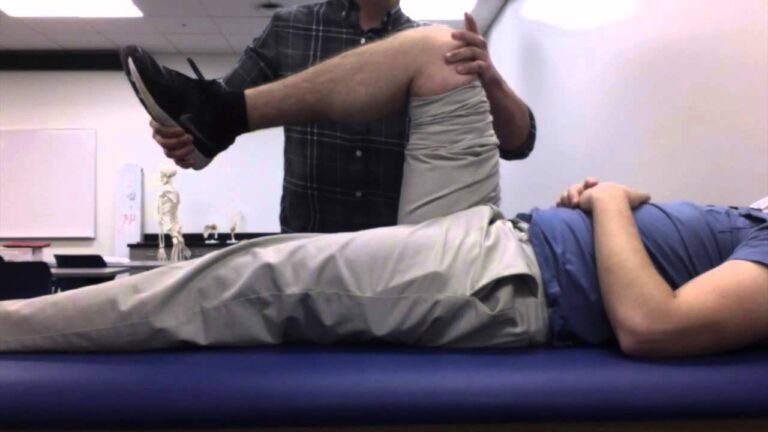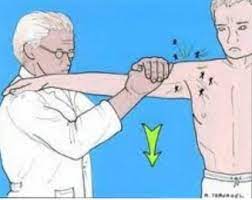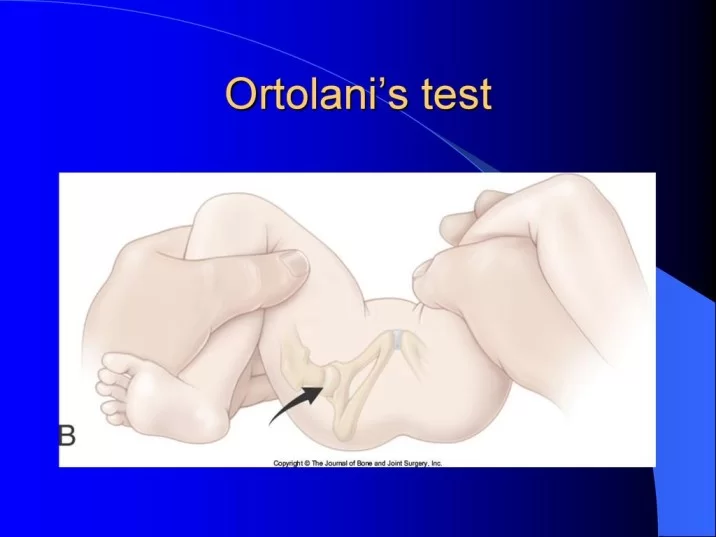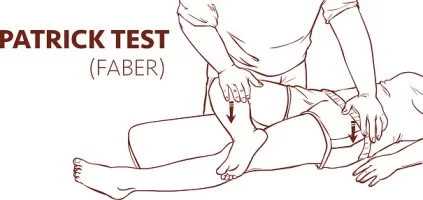Lateral scapular slide test
- For the muscles of the GH joint to work in a normal coordinated fashion which the scapula must be stabilized by its muscles to act as a firm base for the glenohumeral muscles.
- Thus, when doing these tests, the examiner is watching for movement patterns of the scapula as well as scapular dyskinesia.
- This test applies to doctors or therapists to check the scapular stability.
Purpose of this Lateral scapular slide test :
- This test is apply to determine the stability of the scapula during to glenohumeral movements.
- Scapular dyskinesis means the alteration in a scapular position which is caused by decreased muscle performance of the scapular stabilizers.
- This test assesses the scapular asymmetry between both sides & the ability of the scapular stabilizer muscles to which is a control to the scapular position.
- This test measures the amount of scapular protraction in 3 positions of shoulder joint abduction, by measuring to distance from to mid line to the medial border of the scapula.
- The test is used as a quantitative measure of the scapular stabilizers muscles strength during of rehabilitation program.
How to perform this Lateral scapular slide test?
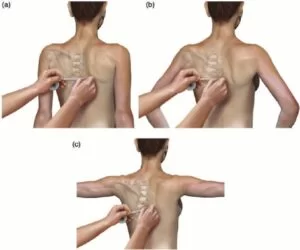
- Starting position is sitting or standing with the arm resting at the side.
- The examiner measures the distance from the base of the spine of the scapula to the spinous process of T2 or T3[ most common], form the inferior angle of the scapula to the spinous process of T7 toT9, or from T2 to the superior angle of the scapula.
- The patient is then tested holding two or four other positions:45′ abduction [ hands-on waist, thumbs posteriorly] 90′ abduction with medial rotation,120′ abduction,&150′ abduction.
- Devices &Dickoff Hoffman &Kibler stated that in each position, the distance measured should not be very more than 1 cm to 1.5 cm [ 0.5 inches to o.75 inches] from the original measure.
- However, there may be increased distance above 90’as the scapula rotates during scapulohumeral rhythm.
- Looking, for asymmetry of movement between left &right sides is important, as well as noticing the amount of movement when determining scapular stability.
- The test may also be performed by loading the arm [ providing resistance] at 45′ & greater abduction means scapular load test to see how The scapular stabilizer under dynamic load.
- This load may be applied anteriorly, posteriorly, inferiorly or superiorly to the arm.
- Again, the scapula should not move more than 1.5 cm[0.75 inches].
- Odom & associates have stated that the test has poor reliability for differentiating normal & pathological shoulders.
- However, loading the scapula, either by the weight of the mount by applying a load to the arm, indicates the stabilizing ability of the scapular control muscles & whether abnormal winging or abnormal movements pattern occurs.
- In the different positions, the examiner may test for scapular & humeral stability by performing an eccentric movement at the shoulder by pushing the arm forward.
- One arm is tested at a time.
Evidence of this Lateral scapular slide test :
- A study by Odom et al, which is demonstrated poor diagnostic accuracy of this test.
- This test is demonstrated to poor sensitivity & specificity in 3 test positions.
- Another study which is described by Shadmehr et al is also demonstrated poor diagnostic accuracy.
- The positive likelihood ratios = 0.94 to 1.22
- The negative likelihood ratios = 0.21 to 2.5
- Sensitivity of this test = high
- Specificity of this test = low.
- Use of to caliper in this study instead of tape; it is the reason for improved sensitivity.

